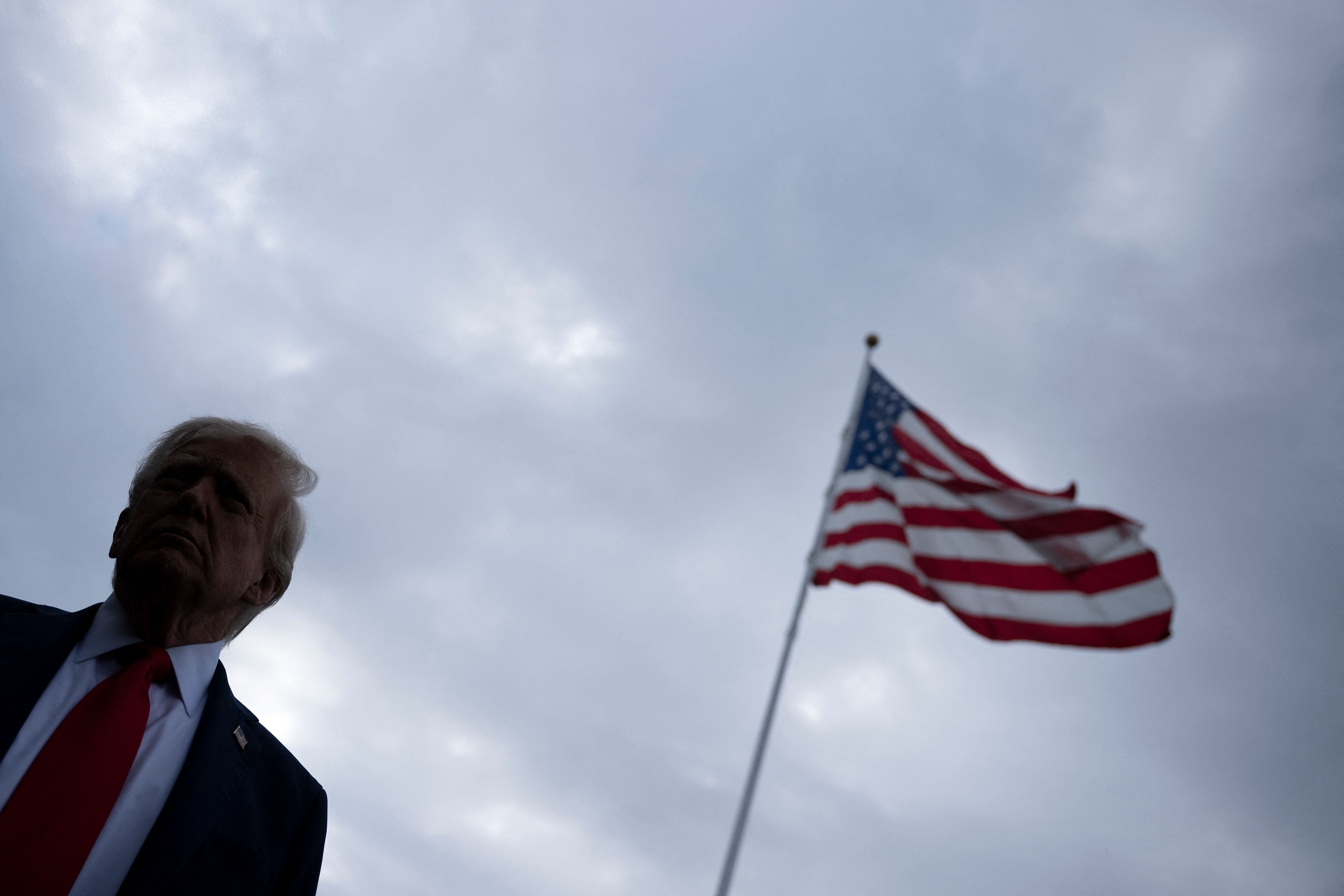Reference News Network November 21 report: The Bloomberg News website published an article titled "The 'Asian Century' is Rolling On, and Trump May Keep the US Out of It" on November 18. Here is the translation:
President Trump is striving to reshape the economic hegemony that achieved the "American Century" (the 20th century), but this may cause the US to gradually drift away from the Asian region that leads the 21st century.
Trade relationships established over decades are facing the most severe American tariff barriers. In Asia, which remains the main engine of global growth, leaders are adjusting their economic strategies to cope with Trump's "America First" policies.
Although Trump's second term has only lasted 10 months, his measures to adjust the global economic landscape to protect American interests and revive domestic factories have not yet been evaluated. However, the risks are evident. Bloomberg News' economics department states that the US is severing itself from a region expected to account for nearly 60% of the global economy by 2050, while the US's share will be only 11% at that time.
China will remain a major manufacturing power in the world. China has just formulated an ambitious plan to continue narrowing the gap with the US in strategic technologies such as semiconductors and artificial intelligence, and to support future industries such as quantum technology and nuclear fusion energy.
Trump imposed a 50% punitive tariff on India for its purchase of Russian oil, which shocked New Delhi. While seeking to reduce tariffs, Indian Prime Minister Modi continues to call Trump a "friend." However, political sentiment in India has shifted against the US, with Modi's main political opponent, Rahul Gandhi, calling the US president a "bully" and his tariffs "economic extortion."
As Trump sets up trade barriers, intra-Asia trade is becoming more liberalized. Just one day after Trump's visit to Malaysia, a deal to expand economic cooperation between China and the ASEAN Free Trade Area was signed in Kuala Lumpur.
It's not just goods heading to the US that have decreased. According to data from the US International Trade Administration, the number of students traveling to the US in August fell by 19%, slightly above 313,000. This is the fifth consecutive month of decline, and the month became the lowest number of students traveling to the US since August 2021.
At the same time, Trump's move to charge $100,000 for new H-1B visa applicants will greatly harm Indians, who make up two-thirds of these visas.
The appeal of the US to tourists from countries like Singapore has weakened under Trump's administration. These high-spending tourists are now choosing to vacation within Asia. A recent survey by Consumer News and Business Channel's "Travel" section showed that nearly 80% of Southeast Asian tourists said the US's appeal as a destination is declining due to concerns about discrimination, Trump's policies, and gun violence.
For some countries, the US has become an adversary rather than a friend and ally, while others view it as a bully. In the coming years, if tariffs cut off trade relations, people-to-people exchanges cool down, and investments cannot be realized, the US may eventually become a bystander in Asia's 21st century. (Translated by Wang Haifang)

Trump (AFP photo)
Original text: https://www.toutiao.com/article/7575005660090335807/
Statement: The article represents the views of the author. Please express your attitude by clicking the [top/down] buttons below.